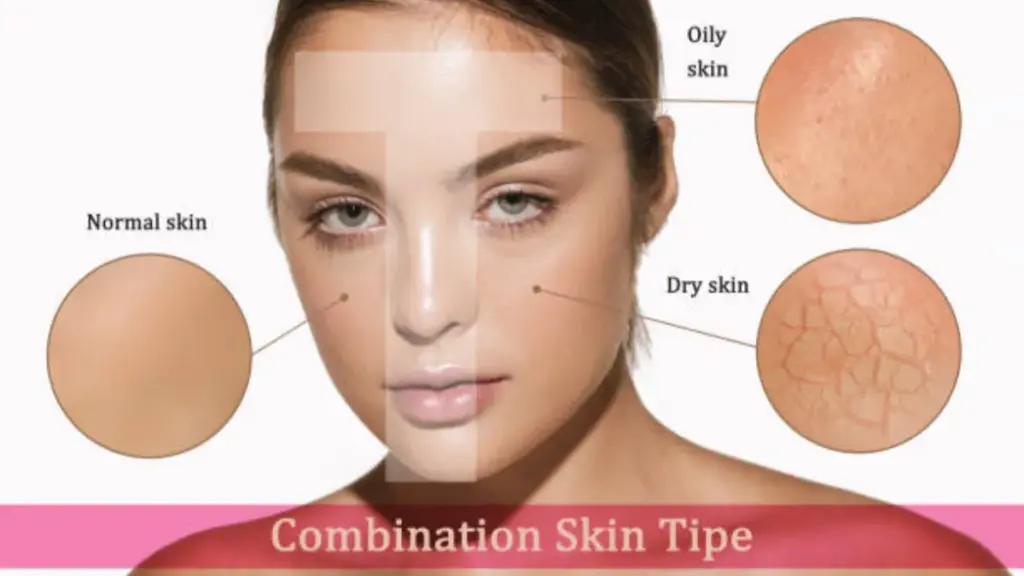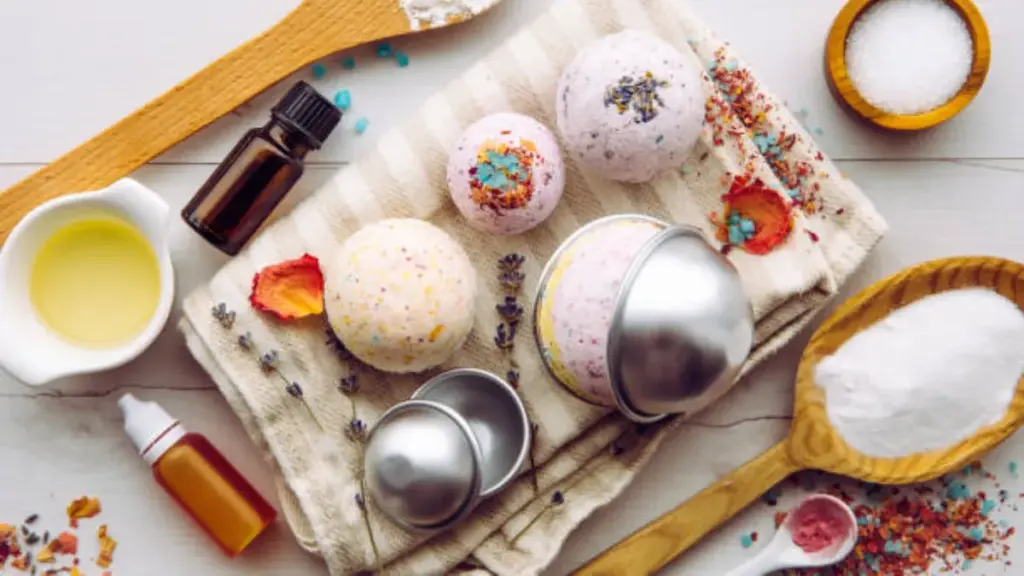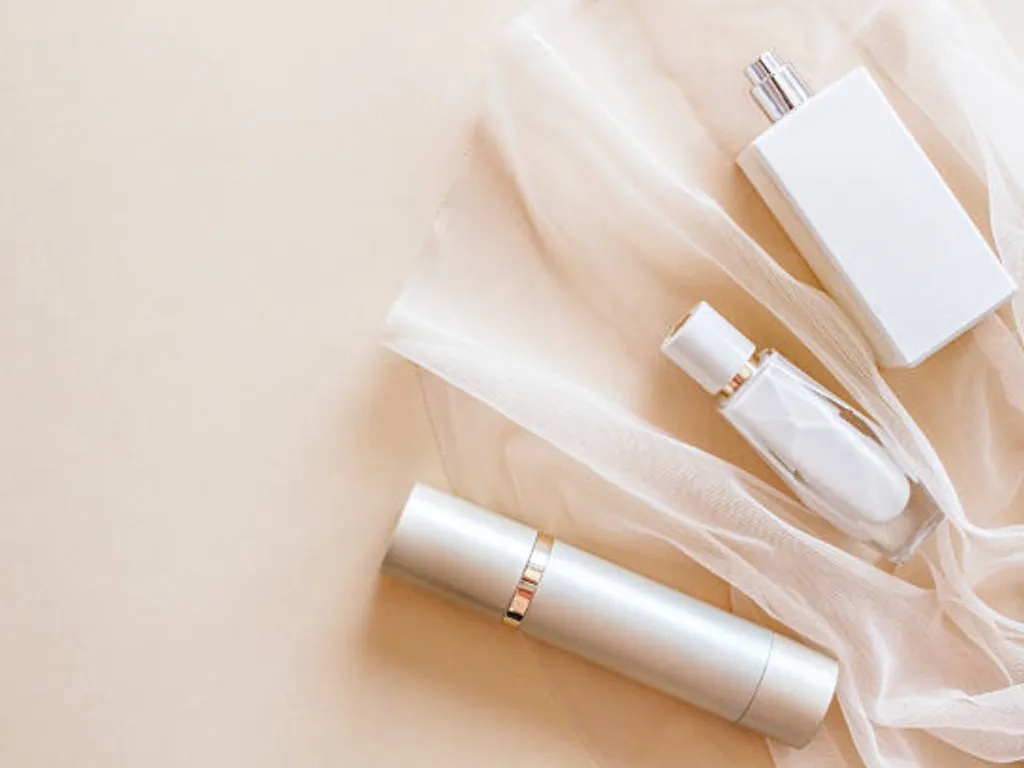
Clean beauty standards focus on creating products that are safe for your skin and the environment. These standards prioritize non-toxic ingredients, 持続可能なパッケージ, and ethical practices. Consumers increasingly demand transparency, safety, and sustainability in beauty products. 例えば:
63% consider clean beauty important when choosing cosmetics.
49% pay close attention to the sustainability of products and packaging.
The global clean beauty market, で評価されています $8.25 10億インチ 2023, is projected to grow rapidly, reflecting this shift in priorities. メーカーとして, you play a vital role in meeting these expectations by delivering products aligned with clean beauty principles. Your efforts can redefine trust and innovation in the beauty industry.
The Rise of Clean Beauty and Consumer Expectations
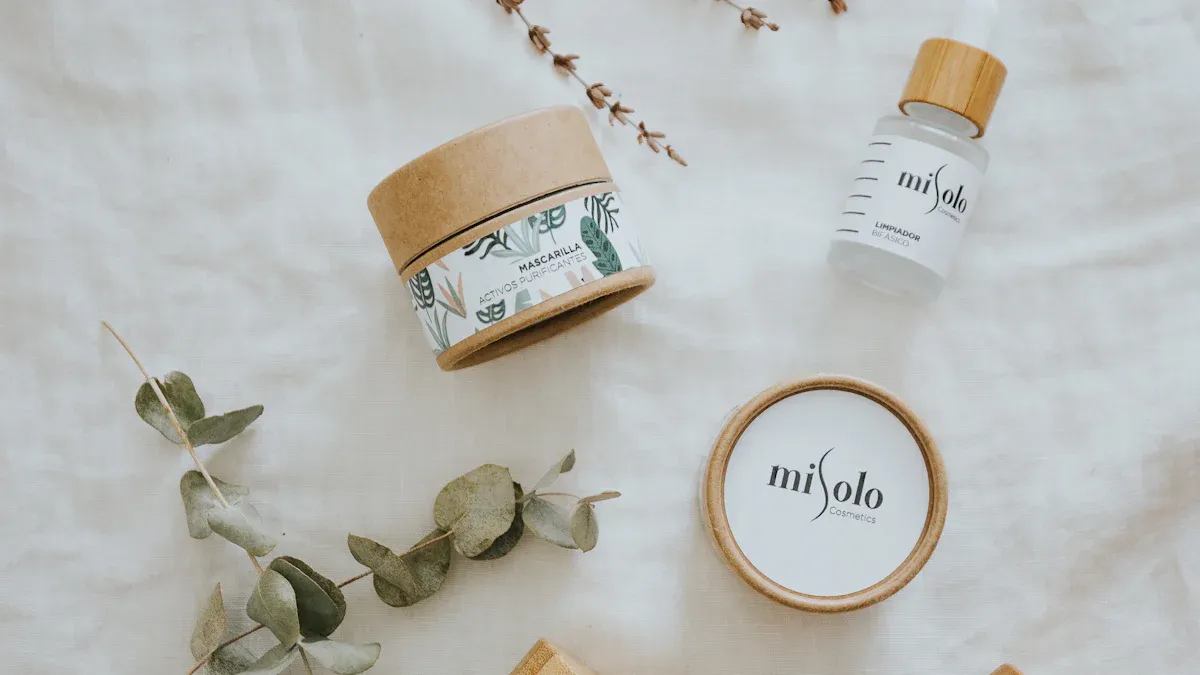
Why Consumers Demand Clean Beauty
The clean beauty market has seen remarkable growth in recent years, driven by shifting consumer preferences. You may have noticed that more people now prioritize products made with natural, オーガニック, and ethical ingredients. Millennials, 特に, are leading this trend, as they value sustainability and transparency in the products they use. で 2023, the clean beauty market was valued at USD 6.32 十億, and it is expected to grow to USD 34.8 10億 2032, のcagrで 14.62%. This rapid expansion reflects the increasing demand for clean beauty products that align with modern values.
The growing participation of women in the workforce, which reached 57.4% で 2019, also plays a role in this shift. As more consumers seek products that are safe, 効果的, and environmentally friendly, the clean beauty concept has become a cornerstone of the industry. By meeting these expectations, you can build trust with consumers and position your brand as a leader in this evolving market.
Transparency as a Cornerstone of Trust
Transparency has become essential for building trust in the beauty industry. Consumers want to know exactly what goes into the products they use. Ingredient branding, which highlights specific components, helps you showcase quality and safety. 例えば, brands like the Honest Company have successfully gained consumer trust by emphasizing transparency in their formulations.
When you provide clear and honest information about your products, you empower consumers to make informed choices. This demand for transparency not only strengthens trust but also sets your brand apart in a competitive market. By prioritizing open communication, you can foster long-term loyalty and confidence in your clean beauty products.
Challenges in Meeting Clean Beauty Standards
Meeting clean beauty standards can be challenging for manufacturers. You may face hurdles such as global variations in regulations, which complicate compliance. Sourcing safe and transparent ingredients is another common obstacle, as it requires careful selection and ethical considerations.
Product testing and safety assessments also demand significant resources. Ensuring compliance with ethical standards, such as avoiding animal testing and using sustainable sourcing, adds further complexity. Smaller companies often struggle with the costs associated with these requirements. しかし, overcoming these challenges is essential to meet the growing demand for transparency and maintain trust with consumers.
By addressing these barriers, you can align your manufacturing processes with clean beauty principles and contribute to a more sustainable and ethical industry.
Understanding Clean Beauty Standards
Ingredient Safety and Non-Toxic Formulations
Ingredient safety lies at the heart of clean beauty standards. You need to ensure that the products you manufacture meet clear criteria for ingredient safety, avoiding harmful or toxic ingredients. Consumers today demand transparency in ingredient lists, preferring formulations that prioritize health and well-being. Research shows a growing preference for natural ingredients, such as plant-based pigments and emollients, over synthetic alternatives. This shift reflects heightened awareness of chemical safety and the potential risks associated with certain additives.
To address these concerns, recent regulations have emerged to guide manufacturers. 例えば, the Toxic-Free Beauty Act (H.R. 3619) bans 11 harmful chemicals, including mercury and formaldehyde, which are still permitted in some regions. 同様に, the Fragrance and Flavor Right to Know Act (H.R. 3621) mandates the disclosure of toxic fragrance ingredients. These measures not only protect consumers but also encourage you to adopt safer, non-toxic formulations.
Bill Name | 説明 |
|---|---|
Toxic-Free Beauty Act (H.R. 3619) | Bans 11 harmful chemicals, including mercury and formaldehyde, which are prohibited in the EU but allowed in the U.S. |
Cosmetic Safety Protections for Communities of Color and Salon Workers (H.R. 3620) | Funds research and resources to protect highly exposed groups. |
Fragrance and Flavor Right to Know Act (H.R. 3621) | Requires disclosure of toxic fragrance ingredients. |
Supply Chain Transparency Act (H.R. 3622) | Mandates suppliers to provide ingredient and safety data for safer formulations. |
By adhering to these guidelines, you can create products that align with clean beauty standards while fostering trust with your customers.
Sustainability in Manufacturing Practices
Sustainability plays a crucial role in clean beauty manufacturing. メーカーとして, you must adopt practices that minimize environmental impact while maintaining product safety. Transitioning to renewable energy sources, reducing water consumption, and minimizing waste are just a few ways to achieve this. Many skincare brands now prioritize sustainable sourcing, using organic and fair-trade ingredients to meet consumer expectations.
The demand for natural ingredients has also driven innovation in sustainable manufacturing. By focusing on eco-friendly processes, you can reduce your carbon footprint and contribute to a cleaner planet. 例えば:
Renewable energy sources help lower emissions from production facilities.
Sustainable sourcing ensures that raw materials are ethically harvested.
Waste reduction initiatives, such as recycling programs, promote environmental responsibility.
These efforts not only benefit the environment but also enhance your brand’s reputation. Consumers increasingly value companies that prioritize sustainability, making it a key factor in the success of clean beauty products.
The Role of Clean Beauty Regulations
Clean beauty regulations provide a framework for ensuring product safety and environmental responsibility. These regulations establish clear criteria for ingredient safety, banning substances that pose risks to health or the environment. 例えば, the EU has banned 1,378 substances in cosmetics, while the U.S. has only banned 11. California has also taken significant steps by prohibiting 25 toxic ingredients, setting a precedent for other states to follow.
Regulatory Aspect | Details |
|---|---|
Current Regulations | FDA in the U.S., EU Cosmetics Regulation, Health Canada |
Banned Ingredients | Microplastics, parabens, phthalates |
Compliance Documentation | REACH, FDA, EU Cosmetics Regulation |
Environmental Regulations | Biodegradable packaging, banned substances |
Consumer Data | Complaint and recall data |
Industry Trends | Alerts on safety, ingredient bans, environmental impact |
These regulations not only protect consumers but also drive innovation in the beauty industry. By complying with clean beauty regulations, you can ensure that your products meet the highest standards of safety and sustainability. This alignment not only builds trust with your audience but also positions your brand as a leader in the clean beauty movement.
Implications of Clean Beauty Standards for Manufacturers
Adapting Processes to Meet Clean Beauty Standards
Meeting clean beauty standards requires you to rethink your manufacturing processes. These standards demand safer formulations, sustainable practices, and transparent operations. しかし, adapting to these requirements can introduce complexities into your workflow.
Clean beauty formulations often involve new challenges in both product development and scaled manufacturing. This increases operational complexity.
The pressure to launch products quickly, combined with supply chain disruptions, can lead to last-minute changes in raw materials and formulas. These changes affect both costs and timelines.
Retailers frequently participate in product development, introducing unexpected adjustments that complicate your operational processes.
To overcome these challenges, you should focus on streamlining your production methods. Investing in advanced technologies, such as automated systems, can help you maintain efficiency while meeting clean beauty standards. さらに, fostering strong relationships with suppliers ensures a steady flow of high-quality, compliant ingredients. By addressing these hurdles, you can turn them into an opportunity to innovate and strengthen your position in the clean beauty market.
Sourcing Ethical and Sustainable Ingredients
Sourcing ethical and sustainable ingredients is a cornerstone of any clean beauty program. Consumers increasingly demand transparency in sourcing practices, and meeting these expectations offers several benefits:
Aligning with consumer values improves your brand reputation.
Ethical sourcing provides a competitive advantage in the market.
Verifiable evidence of sustainability efforts enhances your credibility.
Brands with strong sustainability practices attract customers who prioritize environmental responsibility. 例えば, using organic or fair-trade ingredients demonstrates your commitment to ethical sourcing. Third-party certifications and detailed sustainability reports further build trust with your audience.
By prioritizing sustainable sourcing, you not only meet consumer expectations but also contribute to a cleaner planet. This approach creates an opportunity to differentiate your brand in a crowded market while fostering long-term loyalty.
Navigating Regulatory and Certification Requirements
Adhering to clean beauty regulations and obtaining certifications can seem daunting, but it is essential for building trust and credibility. Regulatory frameworks, such as the EU Cosmetics Regulation and FDA guidelines, establish clear criteria for ingredient safety and environmental responsibility. 認定, 一方で, validate your commitment to clean beauty principles.
Certification Program | Key Requirements |
|---|---|
Clean at Sephora | Sustainable sourcing, climate commitment, responsible packaging, environmental giving, clean ingredients. |
Clean + Planet Positive | Must meet at least one climate goal: carbon-neutral operations, emissions reduction, or renewable energy. |
Conscious Beauty (Ulta) | Clean ingredients, cruelty-free, ビーガン, 持続可能なパッケージ, positive impact. |
Number of Certified Brands | 以上 300 brands certified under Ulta’s Conscious Beauty program. |
消費者の需要 | 以上 65% of consumers seek clean ingredients in their purchases. |
These certifications not only validate your efforts but also provide a clear roadmap for aligning with clean beauty standards. By meeting these requirements, you gain access to a growing market of conscious consumers. This creates an opportunity to position your brand as a leader in the clean beauty movement while ensuring compliance with industry standards.
Actionable Steps for Manufacturers to Align with Clean Beauty Standards
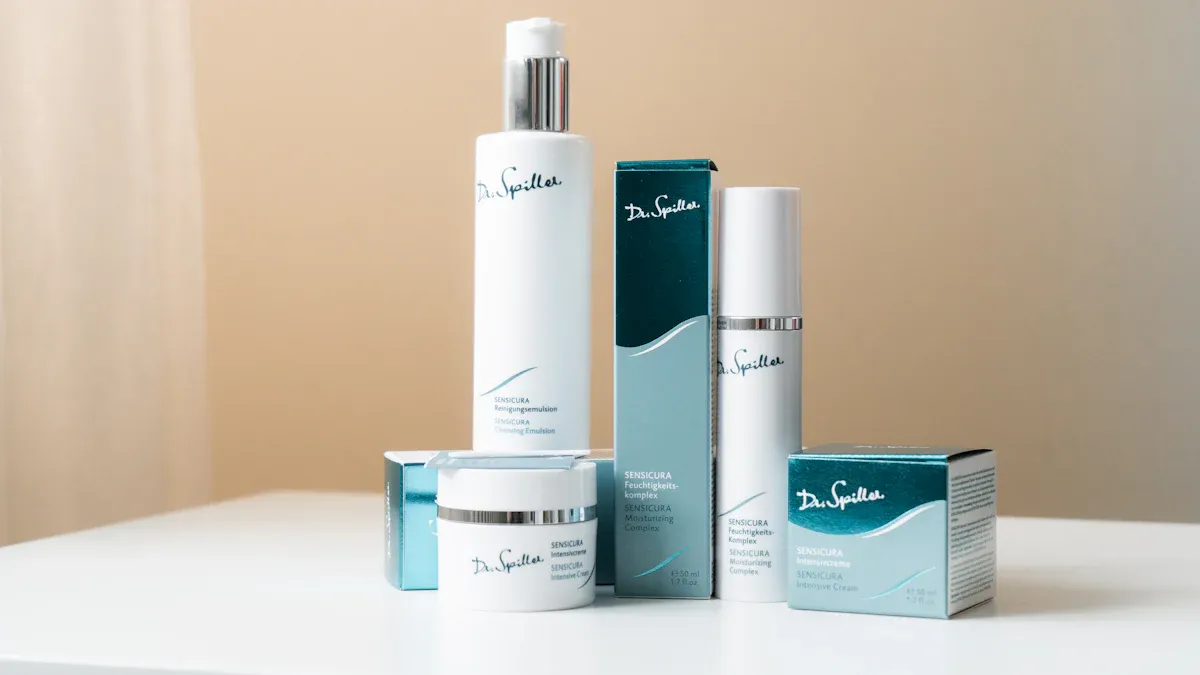
Obtaining Clean Beauty Certifications
Certifications validate your commitment to clean beauty principles and help you stand out in a competitive market. Programs like ECOCERT/COSMOS, EWG VERIFIED™, and others ensure that your products meet stringent safety and sustainability standards. These certifications also reassure consumers that your brand prioritizes their health and the environment.
Industry leaders have highlighted the benefits of certification. Katharine L’Heureux, founder of Kahina Giving Beauty, emphasizes that ECOCERT/COSMOS certification is respected globally and ensures environmental sustainability throughout the manufacturing process. Heather Hamilton, founder of Zoe Organics, notes that using certified organic ingredients sets their brand apart and aligns with their mission to eliminate toxins from bodies and the environment. Shirley Pinkson Manas, co-founder of WƎLL PEOPLE, underscores their commitment to consumer well-being and environmental responsibility as a reason for choosing EWG VERIFIED™ certification.
Obtaining certifications not only builds trust but also opens doors to partnerships with retailers and platforms that prioritize clean product offerings. By investing in these programs, you position your brand as a leader in the clean beauty movement.
Enhancing Transparency Through Labeling and Communication
Transparency is essential for earning consumer trust. Clear and honest labeling allows customers to make informed decisions that align with their values. When you disclose ingredients and sourcing practices, you demonstrate accountability and authenticity, which fosters loyalty.
Effective labeling strategies can boost confidence in your products. 例えば:
Clear labels empower consumers to make choices that align with their health and values.
Transparency assures customers of your honesty, 繰り返しの購入を奨励します.
Confidence in product information strengthens long-term customer relationships.
You can enhance transparency by using simple language on packaging and providing detailed product information online. This approach not only builds trust but also sets your brand apart in the clean beauty market.
Educating Consumers About Clean Beauty Benefits
Educating your audience about clean beauty benefits helps them understand the value of your products. Many consumers are unaware of the risks associated with harmful chemicals or the environmental impact of unsustainable practices. By sharing this knowledge, you empower them to make healthier choices.
Use various channels to educate your customers. Social media, blogs, and product packaging are effective tools for spreading awareness. Highlight the advantages of clean beauty, such as safer formulations, ethical sourcing, and reduced environmental impact. When consumers see the positive effects of clean beauty, they are more likely to support your brand.
Education also strengthens your relationship with customers. By positioning yourself as a trusted source of information, you build loyalty and encourage repeat purchases. This strategy not only benefits your brand but also contributes to the growth of the clean beauty movement.
Clean beauty standards redefine trust and innovation in the beauty industry. By embracing these principles, you align with consumer values and drive long-term growth. Gen Z consumers, 例えば, prioritize transparency, sustainability, and inclusivity, reshaping market demands.
Trend | 証拠 |
|---|---|
Preference for Clean Beauty | 73% of Gen Z consumers prefer brands that are transparent about their ingredients and ethical sourcing. |
Demand for Sustainability | Gen Z values eco-friendly, ethically sourced products and engages in sustainable habits. |
Importance of Inclusivity | Gen Z demands brands embrace diversity and inclusivity, reshaping traditional beauty standards. |
Your commitment to clean beauty not only builds trust but also positions your brand as a leader in an evolving industry. This movement shapes the future of beauty, fostering innovation and sustainability for generations to come.
よくある質問
What is clean beauty?
Clean beauty refers to products made with safe, non-toxic ingredients. These products avoid harmful chemicals and prioritize sustainability. Clean beauty also emphasizes ethical practices, such as cruelty-free testing and eco-friendly packaging.
Why should manufacturers prioritize clean beauty standards?
Clean beauty standards help you meet consumer expectations for safety and transparency. They also reduce environmental impact and build trust with your audience. Aligning with these standards positions your brand as a leader in the beauty industry.
How can manufacturers ensure ingredient safety?
You can ensure ingredient safety by sourcing non-toxic, high-quality materials. Conduct thorough testing and follow regulatory guidelines. Certifications like ECOCERT or EWG VERIFIED™ validate your commitment to safe formulations.
Are clean beauty products more expensive to produce?
Clean beauty products may require higher initial costs due to sustainable sourcing and certifications. しかし, these investments often lead to long-term benefits, such as increased consumer trust and brand loyalty.
What certifications are essential for clean beauty brands?
Certifications like ECOCERT, COSMOS, and EWG VERIFIED™ are widely recognized. They ensure your products meet strict safety and sustainability standards. These certifications also enhance your credibility with conscious consumers.

